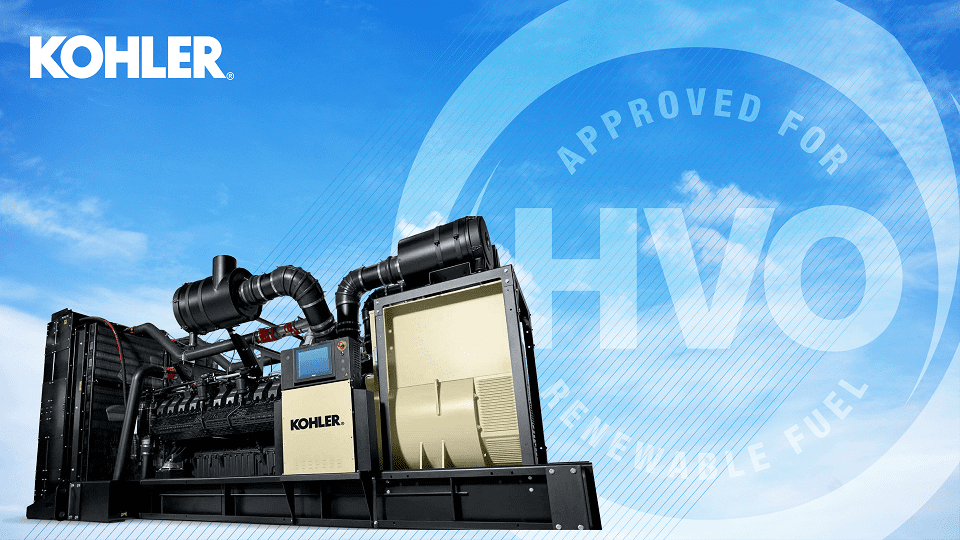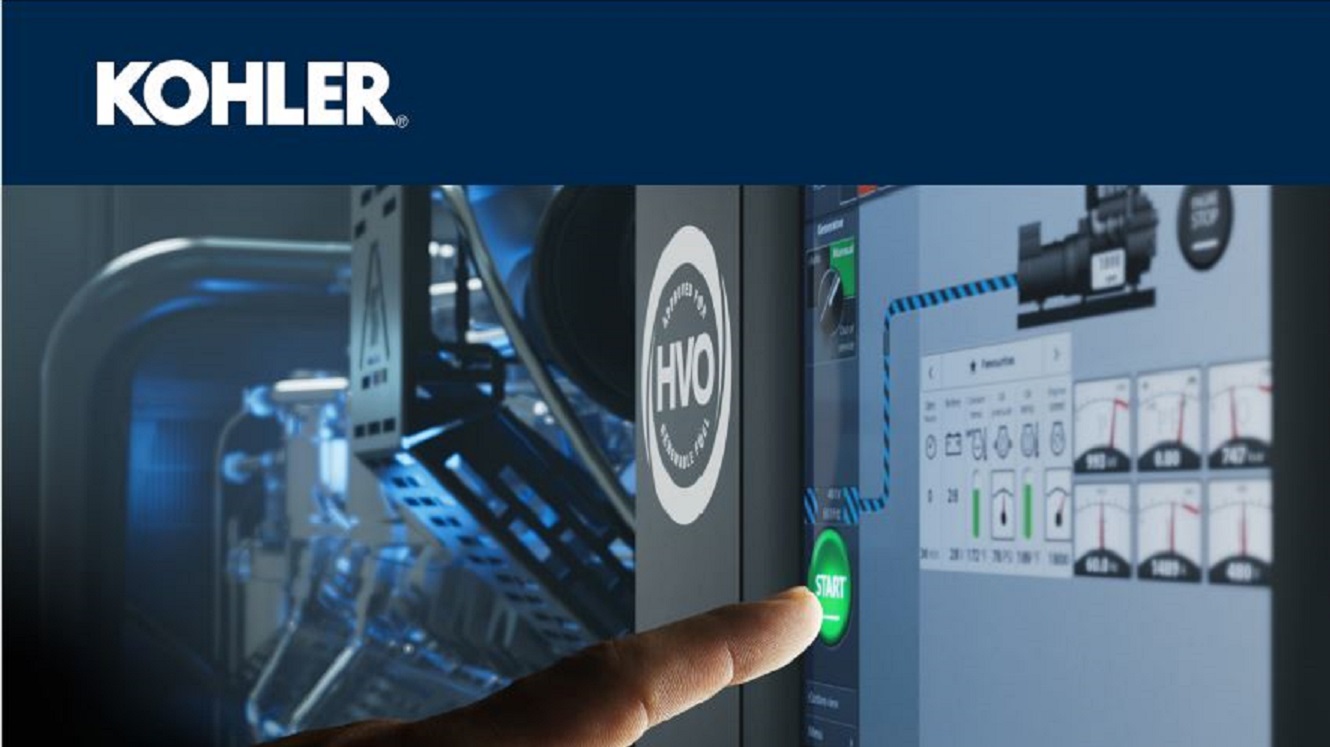The importance of backup generators is well-known: we need reliable reserve power for essential systems such as data centers, smart grids, hospitals, production utilities, airports, and so on. However, we also need to drastically reduce carbon dioxide and other greenhouse gas emissions to combat climate change. With diesel generators being crucial in backup power systems, how do we balance these two requirements?
Low-emission backup electricity may seem like a long-term goal, but it is actually a simple and affordable solution available right now. Moreover, we can use existing generators, and the adoption of new fuels is likely to be rapid. The next-generation biofuel that is a key tool for achieving this decarbonization is Hydrotreated Vegetable Oil (HVO). Using HVO in existing generators, instead of traditional diesel, can reduce carbon emissions by up to 90%.
What is HVO?
HVO is produced from waste and residual fats from the food industry, as well as non-edible vegetable oils. After removing impurities, the raw materials undergo hydrogenation and hydrocracking using hydrogen at high temperatures and pressures. The end product is straight-chain hydrocarbons (paraffin) of consistent quality, with chemical properties similar to fossil diesel. In the medium term, HVO could also be made from photosynthetic organisms, such as algae. HVO overcomes many of the issues typically associated with first-generation biofuels, such as instability and loss of properties when stored for long periods. While first-generation solutions had a limited storage life of only six months, HVO can be stored for up to ten years without significant degradation and is not susceptible to oxidation, water absorption, or bacterial growth. To contribute to emission reduction, HVO is also a superior fuel, with cleaner combustion compared to first-generation biofuels. Compared to both existing biofuels and fossil diesel, HVO has a higher cetane number, ranging from 70-90. This means it has advantages such as better cold start, reduced emissions, and improved combustion. It can be used at low temperatures down to -32°C and is safe to use in warmer climates.
Not just a trend
As the benefits of HVO become widely recognized, its supply base is rapidly expanding worldwide. For example, the U.S. is expected to reach an annual HVO production capacity of six billion gallons by 2024, while major names like Shell are making significant investments in Europe. China is also building several HVO plants, such as the Rizhao biorefinery, producing biofuel from used cooking oil and effluent from the palm oil factory. Overall, using waste as raw materials for HVO reduces the need to ship raw materials globally, allowing production to be closer to the end user, resulting in lower carbon emissions from transportation.

Kohler Generators Ready for HVO
In 2022, Kohler announced that its entire range of diesel generators, including the KD series, is approved for Hydrotreated Vegetable Oil (HVO). No adaptations to the installed generators will be necessary, allowing the immediate introduction of renewable fuel for all Kohler customers looking to reduce their carbon footprint. There is no negative impact on performance, and no additional maintenance requirements. HVO is so similar to existing fossil diesel that it can be used as a direct substitute without any engine modifications. It can be blended with fossil diesel directly in the tank in any proportion. Hydrotreated Vegetable Oil can be used immediately as the sole fuel source for all Kohler generators, whether they are new or already installed. Kohler has already inherently made its generators more efficient, with optimized engines and aftertreatment systems that reduce emissions, regardless of the fuel used. Now, adopting HVO has allowed us to take a giant step in our journey towards net-zero greenhouse gas emissions.
